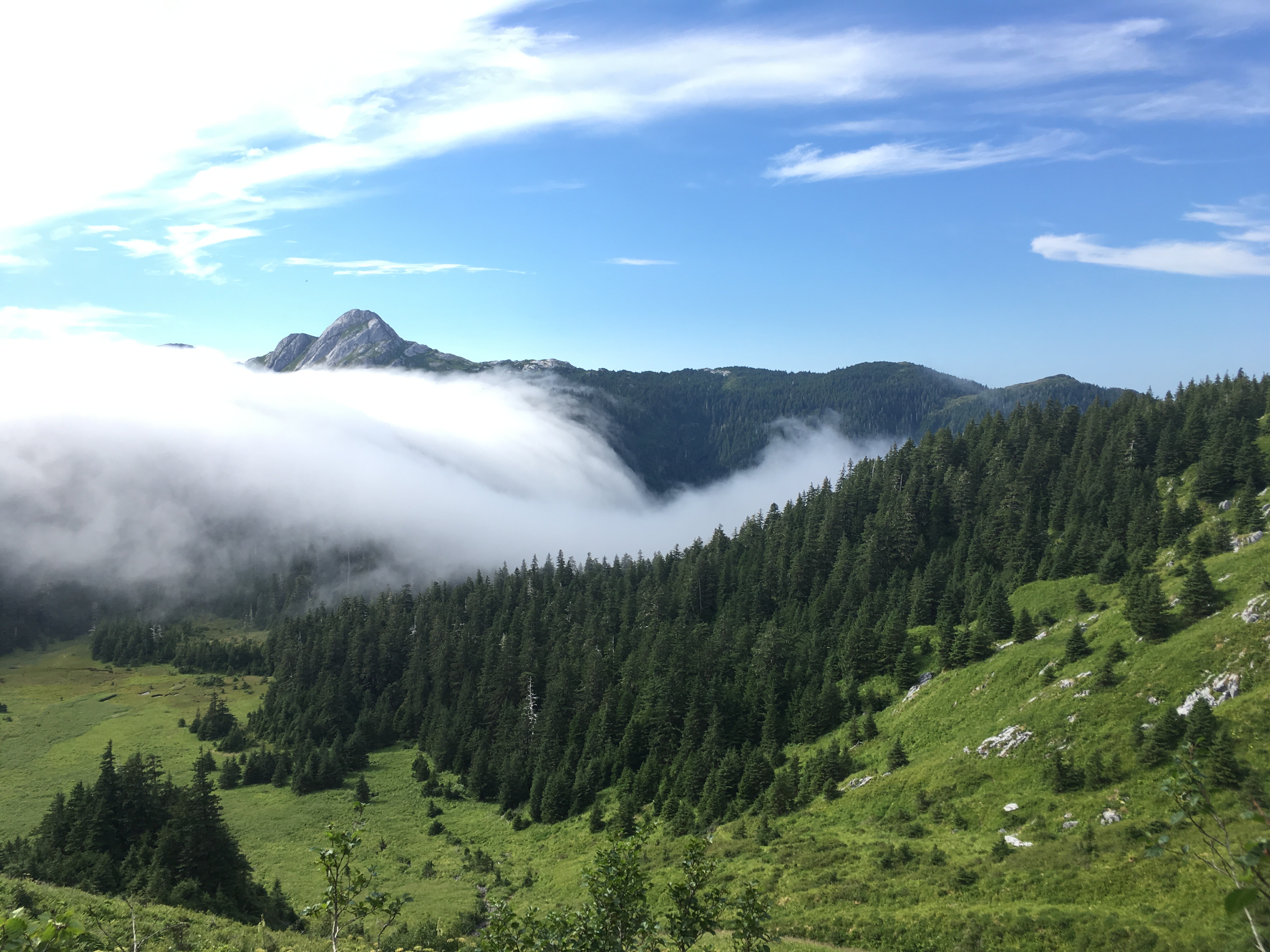Methods
Summary

Ongoing timber harvest and succession continue to change the landscape for deer, potentially impacting migration corridors. We plan to study deer migration, changing barriers to connectivity, and forage and predation risk to migrating and non-migrating deer in this landscape.

To do this, we will use :
- Camera traps: will measure deer and predator selection and relative abundance at broad scales across the landscape, and sex/age ratios of deer.
- GPS-collared bucks and does: will quantify fine- and broad-scale spatial selection of migratory versus non-migratory deer across seasons, predict migratory routes across the study area, and measure survival and cause-specific mortality rates.
- Ground surveys: will find and map migration pathways by ground-truthing the predicted migratory pathways from our GPS collar data. Camera traps will be used to measure migratory activity levels and relative abundance of deer and predators on ground-truthed pathways.
- Remote sensing: to quantify plant abundance and phenology using NDVI across migratory and non-migratory deer home ranges and the broader landscape.
Challenges
Southeast Alaska is a very challenging environment in which to conduct research, but our team has been successful in studying deer and their predators in this environment for the last several decades. Below are two of our primary challenges in carrying out this work:
Capturing deer in the rugged, forested landscapes of Southeast Alaska is difficult. But our experienced team has collectively captured over 200 deer in this ecosystem, and is ready for the challenge. We will use a combination of ground-darting and helicopter net-gunning to capture bucks and does at low elevations and in the alpine, so that we are sure to capture both migratory and resident portions of the population.
Camera traps are also a rapidly-changing technology, and quantifying deer and predator density from camera traps is a very new approach. We are currently working on Prince of Wales island and elsewhere in Southeast Alaska to validate camera-based approaches by comparing with an established approach using DNA extracted from deer pellets. Our team members originally helped develop the DNA approach as well.
Pre Analysis Plan
We hypothesize that:
- Migratory deer gain access to higher-quality summer and early fall nutrition than resident deer.
- Migratory deer experience reduced summer fawn predation rates, but increased winter predation risk, than resident deer.
- Migratory routes are concentrated in old-growth forest types, and are vulnerable to disruption via habitat alteration.
Our findings will be analyzed using a combination of:
- Resource selection models, such as resource selection functions (RSFs), step selection functions (SSFs), and integrated movement models, to identify deer selection of habitat during winter, summer, and migration at different scales.
- Models based on camera data to quantify deer density, and deer and predator relative abundance, occupancy, and daily activity patterns across the landscape.
- Mapping using spatial software, including ArcGIS and program R.
Protocols
This project has not yet shared any protocols.

